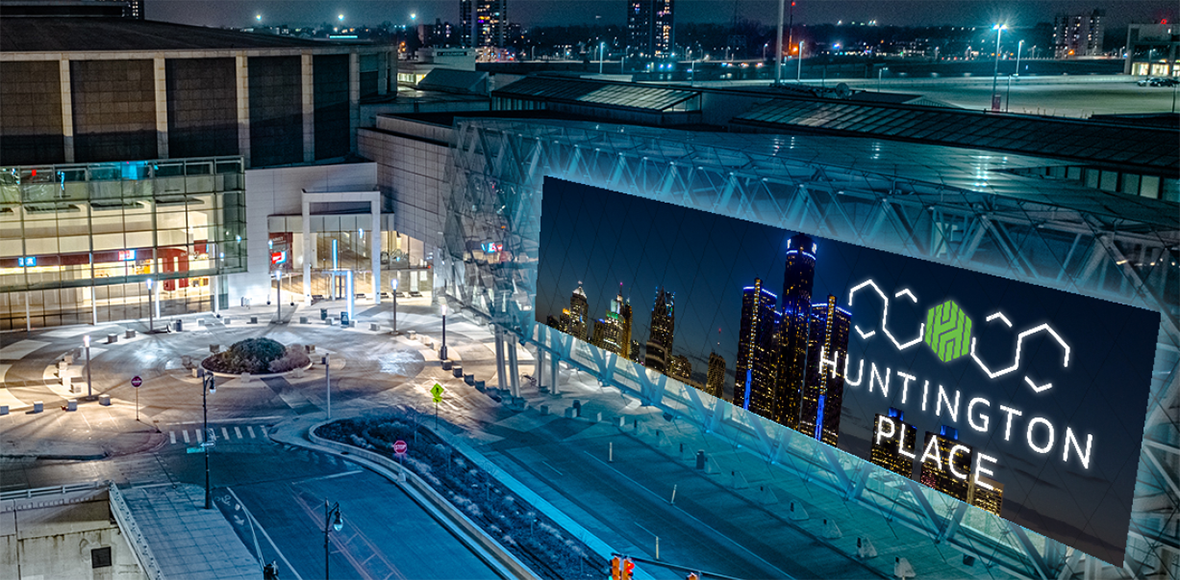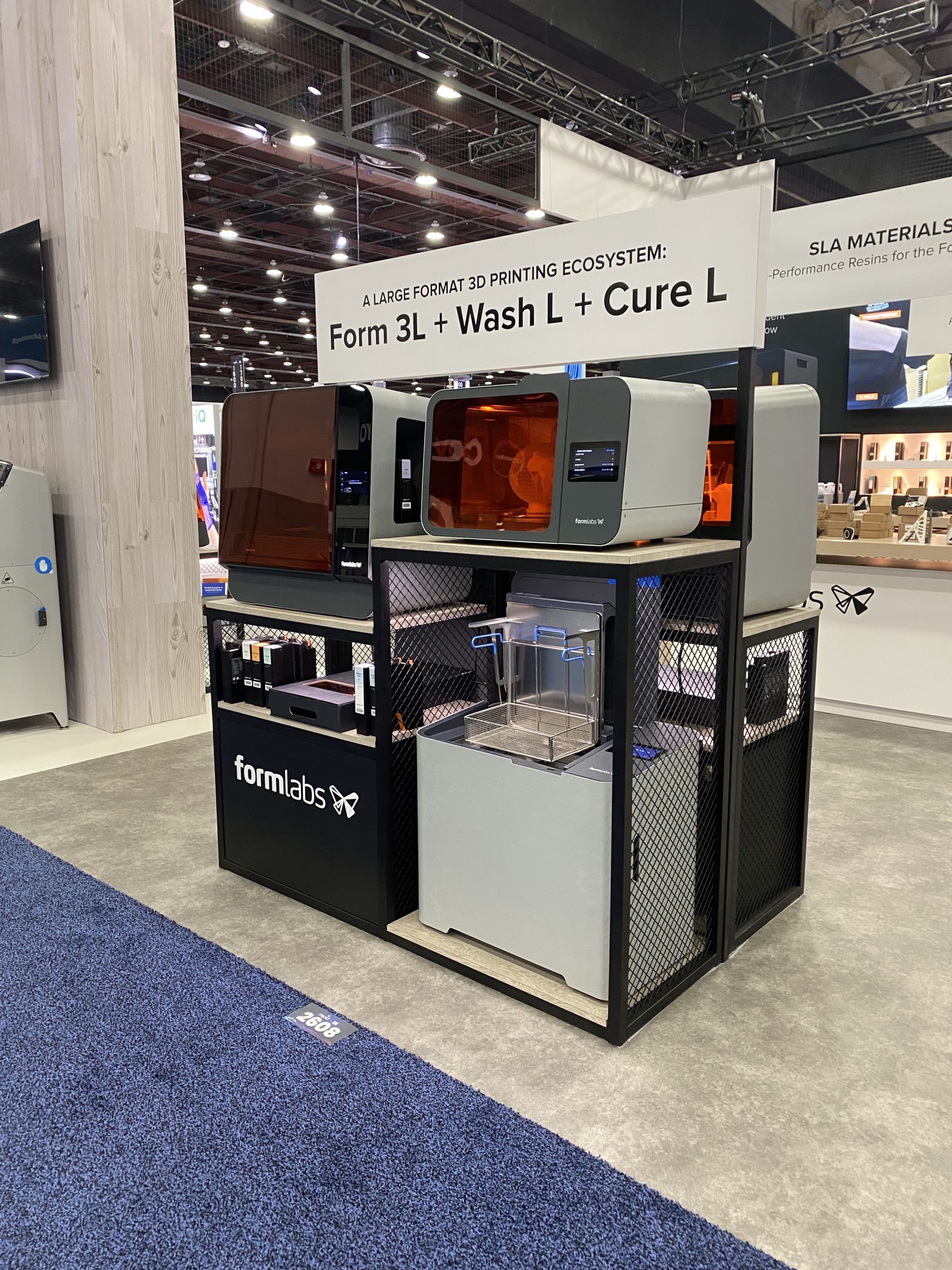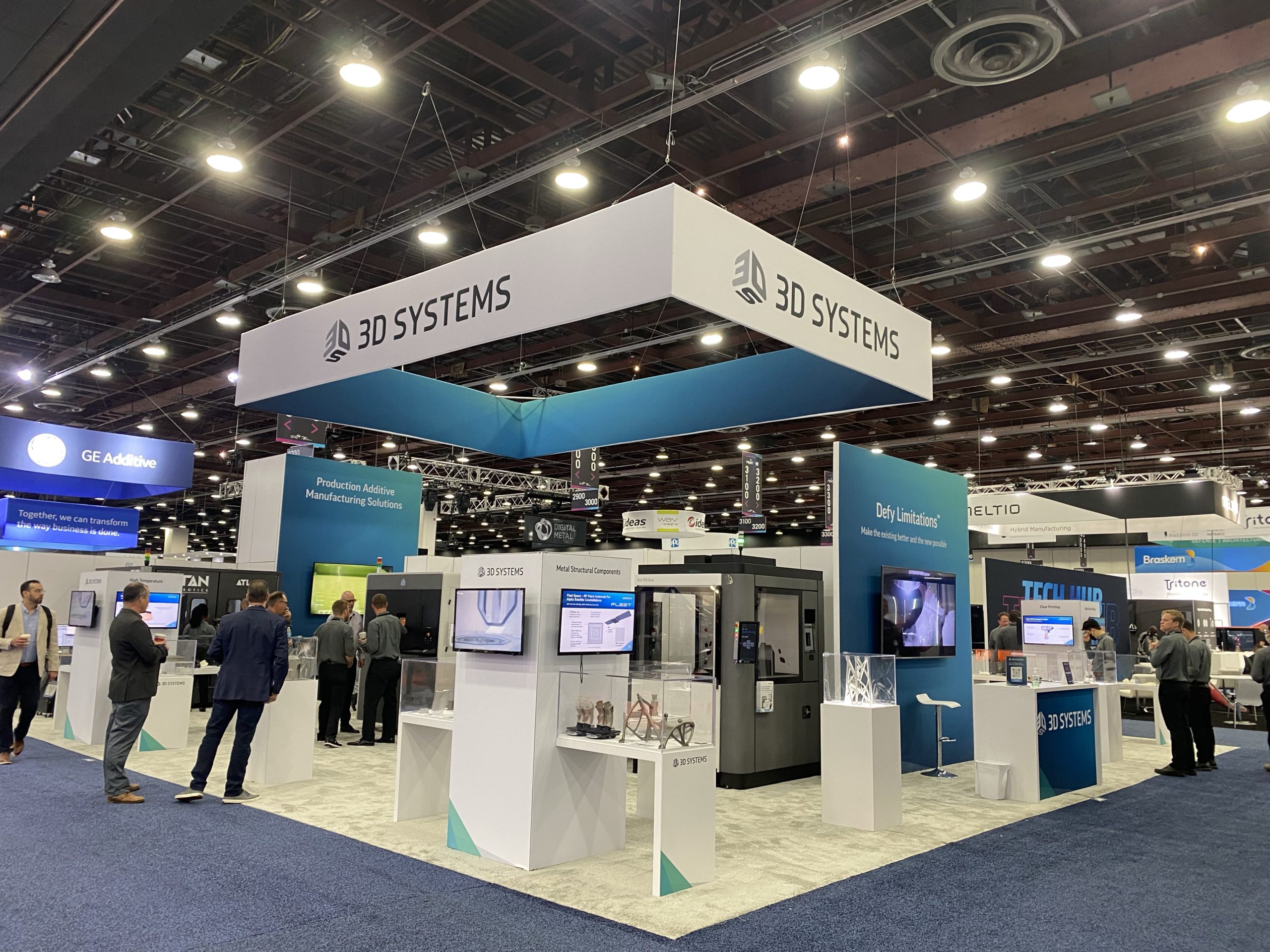As far as cliches go, “timing is everything” is a pretty good one. It’s especially useful to keep in mind for when you’re making predictions: voice your prediction too early and you risk looking either wildly unrealistic or irrelevant. Voice it too late and you’ll seem like you’re just hopping onto a bandwagon that’s already in motion.
Despite its overall steady growth in recent years, the 3D printing industry has nonetheless obviously suffered during the last decade from timing issues. Some of these issues were created or made worse by the behavior of certain companies in the industry. However, for the most part, they were related to larger historical trends that were out of any individual’s hands.
To a significant extent, the industry suffered from too much hype — in other words, too many overly-early predictions concerning what the technology could/would do— especially in the early-to-mid 2010s. The current state of the 3D-printing sector, on the other hand, is defined by hype-minimization. That was reflected well by this year’s RAPID + TCT event, held in Detroit, May 17-19, at the Huntington Place convention center.

The overall impression I got from the two-plus days I spent at the event was of a sector that seems to have finally hit its stride, and is finally getting its timing right. Again, this is largely not even due to actions taken by entities within the industry, itself. Rather, it has much more to do with external events. For the most part, for instance, the implicit mission statement of the companies on the show floor at RAPID + TCT 2022 seemed to be that they’re here to help American industry manage its supply chains. Everyone who follows the industry knows this is one of the things that additive manufacturing (AM) companies tout most concerning the technology’s advantages. Nevertheless, it was still striking to see the ubiquity of a single particular message being conveyed, one way or another, by company after company.

In this same vein, then, it was certainly symbolic that the event started off with Siemens’ CEO Barbara Humpton giving a keynote address titled, “The ‘Glocal’ Future of American Manufacturing”. I’m not crazy about “glocal” as a neologism, although it is effective in at least one sense: once you find out it’s not just a typo, it becomes clear almost instantly what it means. And in a variety of ways, this was definitely the year of glocalization at RAPID. I think that can be extrapolated out to apply to the state of the AM sector, as a whole. Moreover, I think this factor, in particular, indicates exactly why the industry is poised for further accelerations in its growth over the next several years.

For one thing, simply on the broadest level, you couldn’t help but notice the distinctly international makeup both of the companies in attendance, as well as the workforce of those companies. At a time in history when it’s becoming less likely that someone lives in the same place where their job is based, the fact that this is already decidedly the case for AM — primarily thanks to the nature of the technology itself — means that the industry will have to adjust far less than other industries to continued changes to how working happens.

At the same time, it was also clear, just from walking around the trade floor, the extent to which local economies in the United States have already been affected by AM — and how much more so they will be over the next five-ten years. Beyond the raw financial data, the industry over the last five-ten years has gone from one centered around consumer-oriented craftsman tools, to one providing a supply-chain insurance policy for the global economy’s most Too Big to Fail manufacturing sectors. If any of the so-called “critical emerging” or “industrial 4.0” technologies are culturally selected to be macroeconomically pivotal sectors in the next twenty years, it’s easy to see AM being the one, or one of the primary ones, chosen. And if any country will need glocalization just to have a chance at treading water in the next couple of decades, it’s the country where everyone always wants more things at a faster pace.
If it’s going to fill this role, though, the AM sector will need to standardize and scale-up, which are two more things you heard from just about every company at RAPID. I think both things are going to happen and that they’re interrelated. I also think that, in the process of their happening, there are going to be plenty of mergers and acquisitions along the way. At the show, you didn’t see too many truly new developments. You also saw plenty of instances in which multiple companies were selling more or less similar applications. In a way, this is positive, as it means the industry has become less gimmicky and is finding its foothold in the broader economy.
On the other hand, of course, it also means that, if the industry as a whole is attempting to scale up, only a relatively small percentage of the companies that were in the room last week will make it, especially considering the increasingly dim outlook for the economy-at-large. If there were something like 400 companies at RAPID 2022, by RAPID 2025, it’s possible that only 75-100 of those companies exist in some form or another. The industry probably needs to consolidate in order to grow further, and once that growth starts, the landscape will consolidate even more, and so on.
Finally, it was evident from the attendance that glocalization of the future workforce will clearly continue to draw more and more people into the sector. This is what will truly be the key, in the long run, in order for AM to follow through on its technological promise. According to TCT Magazine’s write-up on the event, about 1,000 middle and high school students were there as part of the organization’s Bright Minds program. There were many college students in attendance, as well. One attribute that AM has that other technologies don’t is that it allows individuals to actually make something they can see and touch, and this appeals especially to kids.
In general, the show confirmed my general perceptions that the industry is set to exceed its expectations for growth over the next five years. And it gave me a much better idea of how that could happen. I think the larger companies have considerable leverage to control increasing amounts of the industry, all the more so the worse that economic sentiment gets. RAPID suggested that the industry is ready to go, both globally and locally — and that the companies that comprise it are ready to compete.
Subscribe to Our Email Newsletter
Stay up-to-date on all the latest news from the 3D printing industry and receive information and offers from third party vendors.
You May Also Like
Why Corrosive Resistant Materials Are Important to the Success of 3D Printing Across Industries
The adoption of additive manufacturing (AM) is accelerating across many major industries. As this technological shift unfolds, the importance of corrosion resistance has emerged as a challenge for 3D printing...
America Makes Announces IMPACT 2.0: $6.6M in New 3D Printing Funding
America Makes, the Manufacturing Innovation Institute (MII) based in Youngstown, Ohio, has announced IMPACT (Improvement in Manufacturing Productivity via Additive Capabilities and Techno-Economic Analysis) 2.0, a project call which will...
3D Printing Webinar and Event Roundup: April 14, 2024
We’re starting off the week’s 3D printing webinars and events at ASTM AMCOE’s 11th Snapshot Workshop and MACH Exhibition. Stratasys continues its advanced training courses, SME is holding a virtual...
AMUK Welcomes Airframe Designs as British 3D Printing Industry Grows
While the UK is not the hub for 3D printer and materials manufacturers as other nations, the country continues to excel at the research, development, and application of additive manufacturing...































